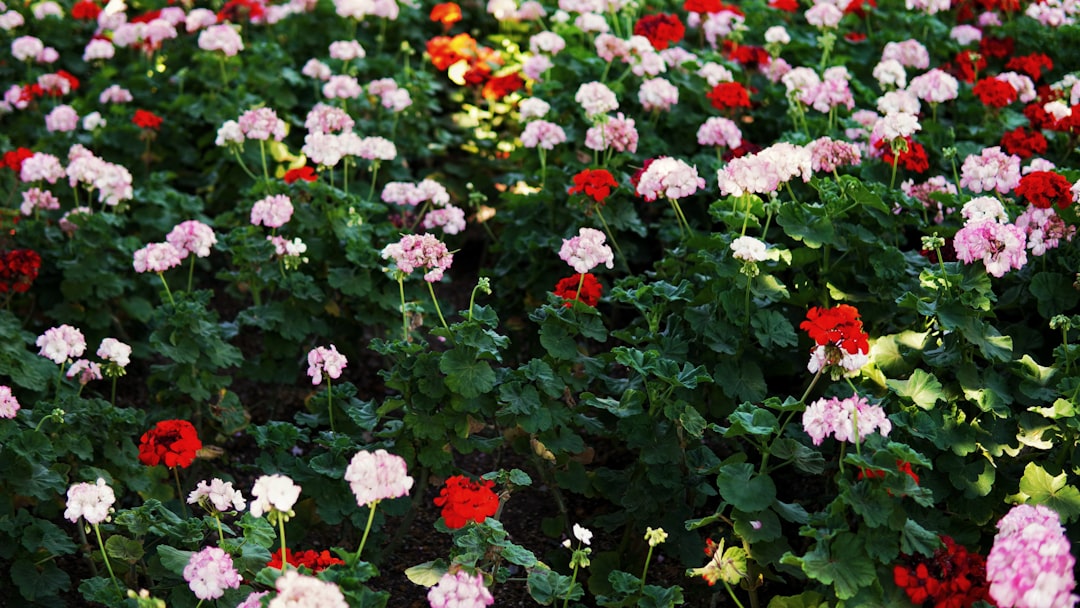The Allure of Asters in Your Garden

When it comes to creating a vibrant and diverse garden, asters are an often - overlooked gem. These easy - to - grow plants come in an astonishing array of shapes and sizes. Some can reach up to an impressive 6 feet tall, towering over other perennials in the garden, while others are more compact, perfect for the front of a flower bed or a container garden.
The sheer number of aster species is mind - boggling. With hundreds of them available, there truly is an aster for every type of garden. Whether you have a small urban balcony garden or a sprawling rural landscape, you can find an aster variety that will thrive and add a splash of color to your outdoor space.
One of the most appealing aspects of asters is their hardiness. They are perennials, which means they will come back year after year, saving you the time and effort of replanting annually. This makes them a cost - effective choice for gardeners looking to build a long - lasting and beautiful garden. Once established, asters require relatively little maintenance. They are drought - tolerant to a certain extent, although they will perform best with regular watering, especially during dry spells.
In terms of aesthetics, asters offer a wide range of flower colors. You can find asters in shades of purple, pink, blue, white, and even some bi - colored varieties. Their flowers can be daisy - like, with a central disk surrounded by delicate petals, or they can have a more complex, pom - pom shape. This diversity in flower form allows you to create a visually interesting and dynamic garden design.
For those interested in attracting wildlife to their garden, asters are a great choice. Their nectar - rich flowers are a magnet for pollinators such as bees and butterflies. By planting asters, you are not only enhancing the beauty of your garden but also contributing to the local ecosystem. The presence of these pollinators can also have a positive impact on other plants in your garden, as they help with the process of fertilization.
When it comes to planting asters, it's important to choose the right location. They prefer full sun to partial shade. In areas with very hot summers, some afternoon shade can be beneficial to prevent the plants from getting stressed. The soil should be well - drained, as asters do not like to sit in waterlogged conditions. You can improve the soil quality by adding organic matter such as compost or well - rotted manure before planting.
Spacing is also crucial when planting asters. Depending on the variety, you should space the plants anywhere from 12 to 24 inches apart. This allows them enough room to grow and spread without overcrowding each other. Overcrowding can lead to poor air circulation, which in turn can increase the risk of diseases.
Pruning is another important aspect of aster care. You can pinch back the tips of the plants in the early summer to encourage bushier growth and more flower production. After the first hard frost in the fall, you can cut the plants back to a few inches above the ground. This helps to tidy up the garden and prepares the plants for the winter months.
In conclusion, asters are a wonderful addition to any garden. Their easy - to - grow nature, wide variety of species and colors, and ability to attract wildlife make them a must - have for flower gardening enthusiasts. Whether you're a beginner or an experienced gardener, you'll find that asters bring a unique charm and beauty to your outdoor space year after year.